Home>Gardening & Outdoor>Landscaping Ideas>When Is The Best Time To Plant Grass In Texas
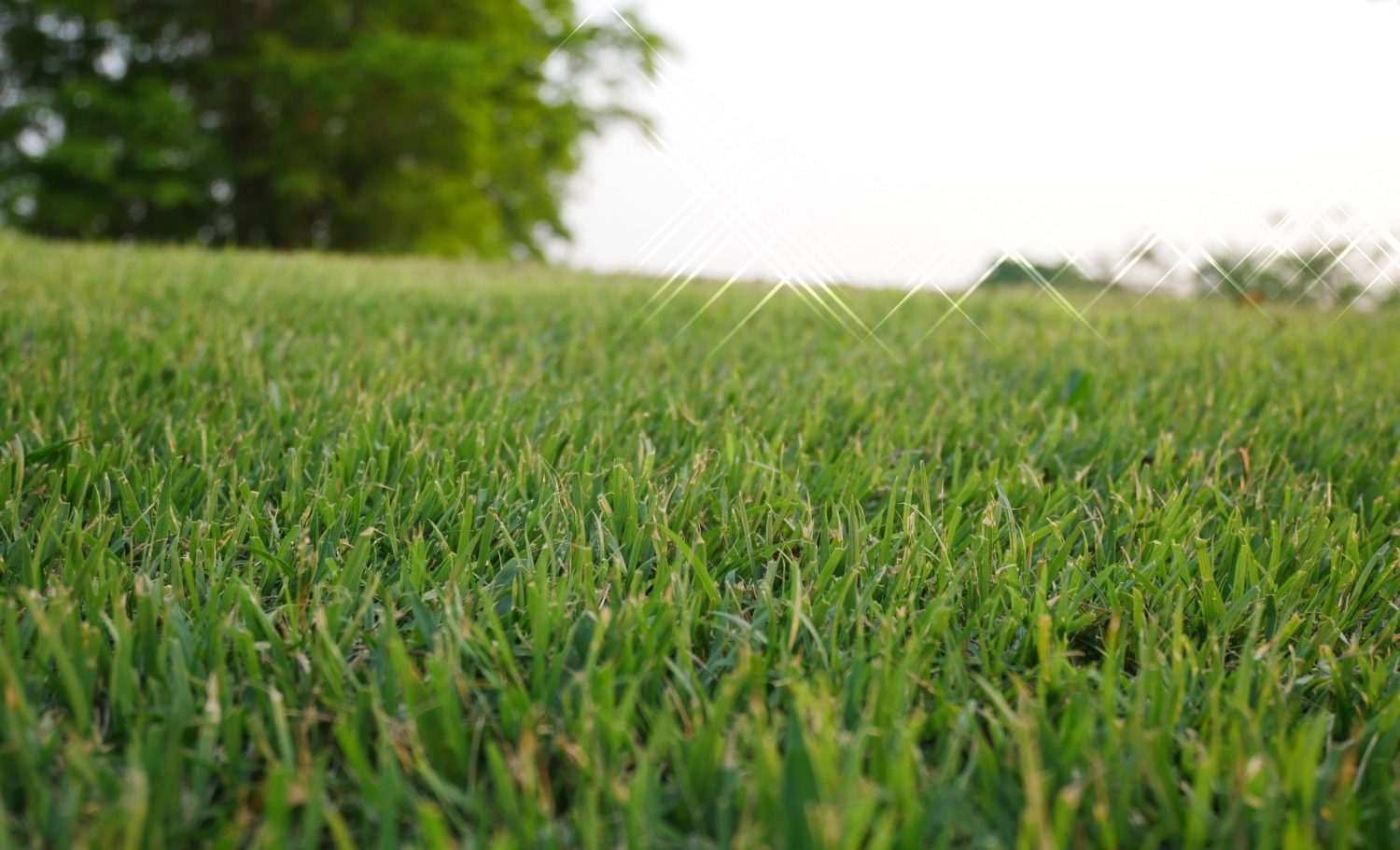

Landscaping Ideas
When Is The Best Time To Plant Grass In Texas
Modified: March 28, 2024
Discover the best time to plant grass in Texas for your landscaping ideas. Learn the ideal planting season and tips for a lush lawn in Texas.
(Many of the links in this article redirect to a specific reviewed product. Your purchase of these products through affiliate links helps to generate commission for Storables.com, at no extra cost. Learn more)
Introduction
When it comes to creating a lush, verdant landscape in Texas, planting grass is a fundamental step in transforming outdoor spaces into inviting and vibrant areas for relaxation and recreation. The Lone Star State's expansive terrain and diverse climate present unique considerations for homeowners and landscaping enthusiasts looking to establish and maintain healthy, resilient lawns. Understanding the optimal timing for planting grass, as well as the most suitable grass varieties, is crucial for achieving successful and sustainable results.
In this comprehensive guide, we will explore the best practices for planting grass in Texas, taking into account the state's distinct climate patterns and environmental factors. Whether you're a seasoned gardener or a novice enthusiast, this article will equip you with the knowledge and insights needed to cultivate thriving grass that enhances the beauty and functionality of your outdoor spaces.
Join us as we delve into the nuances of Texas's climate, identify the prime planting windows, discuss the most suitable grass species for the region, and provide valuable tips for ensuring the successful establishment of a resilient and visually captivating lawn. By the end of this guide, you'll be well-prepared to embark on your grass-planting journey, equipped with the expertise to create a stunning and enduring landscape that flourishes in the Texas sun.
Key Takeaways:
- The best time to plant grass in Texas is in the spring and fall, depending on the region and the type of grass. By choosing the right time, you can help your grass grow strong and healthy.
- Different types of grass, like Bermuda and St. Augustine, thrive in Texas’s diverse climate. By picking the right grass for your area, you can create a beautiful and resilient lawn.
Read more: When Is The Best Time To Plant Landscaping
Understanding Texas Climate
Before delving into the specifics of planting grass in Texas, it’s essential to grasp the diverse and often challenging climate that characterizes this vast state. Texas is known for its varied climate, encompassing regions with arid, semi-arid, and humid subtropical conditions. From the scorching heat of the desert to the humidity of the Gulf Coast, Texas experiences a wide spectrum of weather patterns that significantly influence the success of landscaping endeavors.
One of the most defining features of Texas’s climate is its temperature extremes. Summers can bring sweltering heat, with temperatures soaring well above 100°F in many parts of the state. Conversely, winter temperatures can plummet, especially in the northern and western regions, occasionally dropping below freezing. This fluctuation between extreme heat and cold poses a considerable challenge for maintaining healthy lawns and sustaining grass growth throughout the year.
Precipitation patterns also vary significantly across Texas. While some areas receive ample rainfall, particularly in the eastern and coastal regions, others contend with limited precipitation, leading to drought conditions. These disparities in rainfall distribution directly impact the availability of water for nurturing grass and sustaining its vitality.
Moreover, Texas is prone to severe weather phenomena, including intense thunderstorms, hail, and occasional hurricanes along the Gulf Coast. These weather events can inflict damage on landscapes, necessitating resilient grass varieties that can withstand such adversities.
By comprehending the multifaceted nature of Texas’s climate, individuals seeking to plant grass in the state can tailor their approach to align with the specific environmental demands of their respective regions. With an awareness of the climatic intricacies at hand, homeowners and landscaping enthusiasts can make informed decisions regarding the selection and timing of grass planting, ultimately optimizing the chances of achieving thriving, enduring lawns.
Best Time to Plant Grass in Texas
Choosing the optimal time to plant grass in Texas is pivotal for fostering robust growth and long-term resilience. Given the state’s diverse climate, the timing of grass planting varies across different regions, necessitating a nuanced approach that considers local weather patterns and seasonal fluctuations.
For much of Texas, the prime periods for planting grass fall within the transitional seasons of spring and fall. In the northern and central regions, including cities such as Dallas, Austin, and Houston, the ideal window for grass planting typically spans from late February through mid-April in the spring and from early September to mid-October in the fall. These time frames coincide with milder temperatures and more consistent rainfall, creating favorable conditions for grass establishment and root development.
Conversely, the southernmost parts of Texas, particularly the Gulf Coast and the Rio Grande Valley, exhibit a slightly different planting schedule due to their distinct subtropical climate. Here, the best time to plant grass aligns with the cooler months, spanning from late September to early November and then again from late February to early April. By avoiding the intense heat and humidity of summer, grass planted during these periods can take root more effectively and withstand the climatic challenges unique to the region.
It’s important to note that while spring and fall offer the most conducive conditions for grass planting, the specific timing may vary based on the chosen grass species. Warm-season grasses, such as Bermuda and St. Augustine, thrive when planted in late spring, allowing them to capitalize on the forthcoming warm weather. In contrast, cool-season grasses like fescue and ryegrass fare best when planted in the early fall, enabling them to establish strong root systems before the onset of winter dormancy.
By aligning grass planting efforts with the optimal time frames for each respective grass type, individuals can maximize the likelihood of successful establishment and long-term vitality. Additionally, staying attuned to local weather forecasts and soil conditions is crucial for identifying the most opportune moments to embark on grass planting endeavors, ensuring that the investment of time and resources yields a flourishing and enduring lawn.
Types of Grass to Plant
Selecting the most suitable grass species for planting in Texas hinges on factors such as climate, soil composition, and intended land use. Given the state’s diverse ecological makeup, several grass varieties have proven to thrive in different regions, offering homeowners and landscapers a range of options to consider based on their specific needs and preferences.
Warm-Season Grasses
Warm-season grasses are well-suited to the hot, arid climate that characterizes much of Texas. Among the most popular warm-season grasses in the state are Bermuda grass and St. Augustine grass. Bermuda grass, known for its exceptional heat tolerance and rapid growth, is an excellent choice for lawns, sports fields, and other high-traffic areas. Its resilience in the face of drought and intense sunlight makes it a go-to option for many Texans seeking a durable and visually appealing lawn. St. Augustine grass, prized for its lush, dense growth and shade tolerance, thrives in the humid coastal areas of Texas, making it an ideal choice for landscapes that receive ample moisture and partial shade.
Read more: When To Plant Ground Cover In Texas
Cool-Season Grasses
For regions of Texas that experience milder winters and benefit from cooler temperatures, cool-season grasses offer an alternative for achieving vibrant, verdant lawns. Varieties such as fescue and ryegrass are well-suited to these conditions, providing homeowners with options for maintaining year-round greenery. Fescue grass, known for its shade tolerance and adaptability to various soil types, is a popular choice in the northern and central parts of the state, where winter temperatures are more moderate. Ryegrass, prized for its rapid germination and lush appearance, is often overseeded onto warm-season lawns during the cooler months, ensuring continuous green coverage throughout the year.
Drought-Resistant Grasses
Given the prevalence of drought conditions in certain areas of Texas, homeowners and landscapers are increasingly turning to drought-resistant grasses that can thrive with minimal water input. Buffalo grass, a native prairie species renowned for its water efficiency and low maintenance requirements, has gained popularity for its ability to withstand the challenging climate of Texas. Its deep roots and exceptional drought tolerance make it an attractive option for eco-conscious individuals seeking to conserve water while still enjoying a lush, green lawn.
By carefully evaluating the climatic nuances and environmental demands specific to their respective regions, individuals can make informed decisions regarding the most suitable grass types for their landscapes. Whether aiming to create a resilient, heat-tolerant lawn or seeking year-round greenery, the diverse array of grass species available in Texas caters to a broad spectrum of aesthetic and practical preferences, enabling homeowners to cultivate outdoor spaces that align with their unique vision and environmental considerations.
Tips for Successful Grass Planting
Embarking on a grass-planting endeavor in Texas requires careful planning and execution to ensure the optimal establishment and long-term vitality of the lawn. By incorporating the following tips and best practices, individuals can enhance the likelihood of successful grass planting, fostering resilient and visually captivating landscapes that thrive in the dynamic Texas climate.
Soil Preparation
Prior to planting grass, it’s essential to prepare the soil to create an optimal environment for root development and nutrient uptake. Conduct a soil test to assess its pH and nutrient levels, allowing for targeted amendments to optimize growing conditions. Loosen compacted soil and remove debris to promote healthy root penetration and establish a solid foundation for grass growth.
Read more: When To Plant Rye Grass In Texas
Proper Watering
Watering plays a critical role in the initial stages of grass establishment. Ensure that newly planted grass receives adequate moisture, keeping the soil consistently moist without becoming waterlogged. Gradually taper the frequency of watering as the grass takes root, transitioning to a deep and infrequent watering schedule to encourage robust root growth and drought resistance.
Appropriate Grass Selection
Selecting the right grass species for the specific climate and environmental conditions of your region is paramount. Consider factors such as heat tolerance, shade requirements, and water efficiency when choosing the most suitable grass type for your landscape. Tailoring the selection to align with the unique demands of your location will set the stage for a thriving and enduring lawn.
Regular Maintenance
Maintaining newly planted grass involves ongoing care and attention. Regular mowing, fertilization, and weed control are essential components of nurturing a healthy lawn. Adhere to recommended mowing heights and fertilization schedules tailored to the chosen grass species to promote vigorous growth and vibrant coloration.
Monitoring and Adjusting
Continuously monitor the progress of the newly planted grass, observing its response to environmental factors and adjusting maintenance practices as needed. Stay vigilant for signs of stress, disease, or nutrient deficiencies, and promptly address any issues to safeguard the health and resilience of the lawn.
Read more: When Is The Best Time To Plant Buffalo Grass
Timing and Patience
Timing is crucial when planting grass in Texas. Adhere to the recommended planting windows for your chosen grass species, taking into account the climate and seasonal variations. Exercise patience as the grass takes root and establishes itself, allowing time for the lawn to flourish and develop into a lush, vibrant landscape.
By integrating these tips into the grass-planting process, individuals can cultivate resilient, visually appealing lawns that thrive in the diverse and dynamic climate of Texas. With careful attention to soil preparation, watering practices, grass selection, maintenance, and timing, the journey of planting grass becomes a rewarding endeavor, culminating in the creation of inviting and enduring outdoor spaces that enhance the beauty and functionality of residential and commercial landscapes across the state.
Conclusion
Planting grass in Texas is a multifaceted endeavor that demands a nuanced understanding of the state’s diverse climate and the specific requirements of different grass species. By navigating the intricacies of Texas’s weather patterns, soil compositions, and regional variations, individuals can embark on the journey of establishing resilient and visually captivating lawns that enrich outdoor spaces and elevate the aesthetic appeal of residential and commercial properties.
Understanding the best time to plant grass in Texas is a foundational aspect of achieving successful lawn establishment. By aligning grass planting efforts with the optimal windows in spring and fall, individuals can harness favorable climatic conditions to foster robust root development and enduring growth. Moreover, the careful selection of grass species tailored to the unique demands of each region empowers homeowners and landscapers to create landscapes that thrive in the face of Texas’s temperature extremes, precipitation differentials, and occasional weather-related challenges.
Furthermore, by adhering to best practices such as diligent soil preparation, appropriate watering, regular maintenance, and vigilant monitoring, individuals can cultivate enduring and vibrant lawns that serve as inviting outdoor sanctuaries year-round. The careful integration of these practices ensures that newly planted grass takes root effectively, withstands environmental stressors, and flourishes into lush, resilient landscapes that enhance the visual appeal and functionality of outdoor living spaces.
As individuals across Texas embark on their grass-planting endeavors, they are poised to create outdoor environments that reflect the unique beauty and resilience demanded by the state’s diverse climate. By leveraging the insights and tips presented in this guide, homeowners and landscaping enthusiasts can embark on their grass-planting journey with confidence, equipped with the knowledge and expertise needed to cultivate enduring, visually captivating lawns that thrive in the dynamic and multifaceted Texas landscape.
Ultimately, the process of planting grass in Texas is a testament to the harmonious interplay between human intention and the natural world, resulting in the creation of outdoor spaces that embody vitality, beauty, and the enduring spirit of the Lone Star State.
Frequently Asked Questions about When Is The Best Time To Plant Grass In Texas
Was this page helpful?
At Storables.com, we guarantee accurate and reliable information. Our content, validated by Expert Board Contributors, is crafted following stringent Editorial Policies. We're committed to providing you with well-researched, expert-backed insights for all your informational needs.
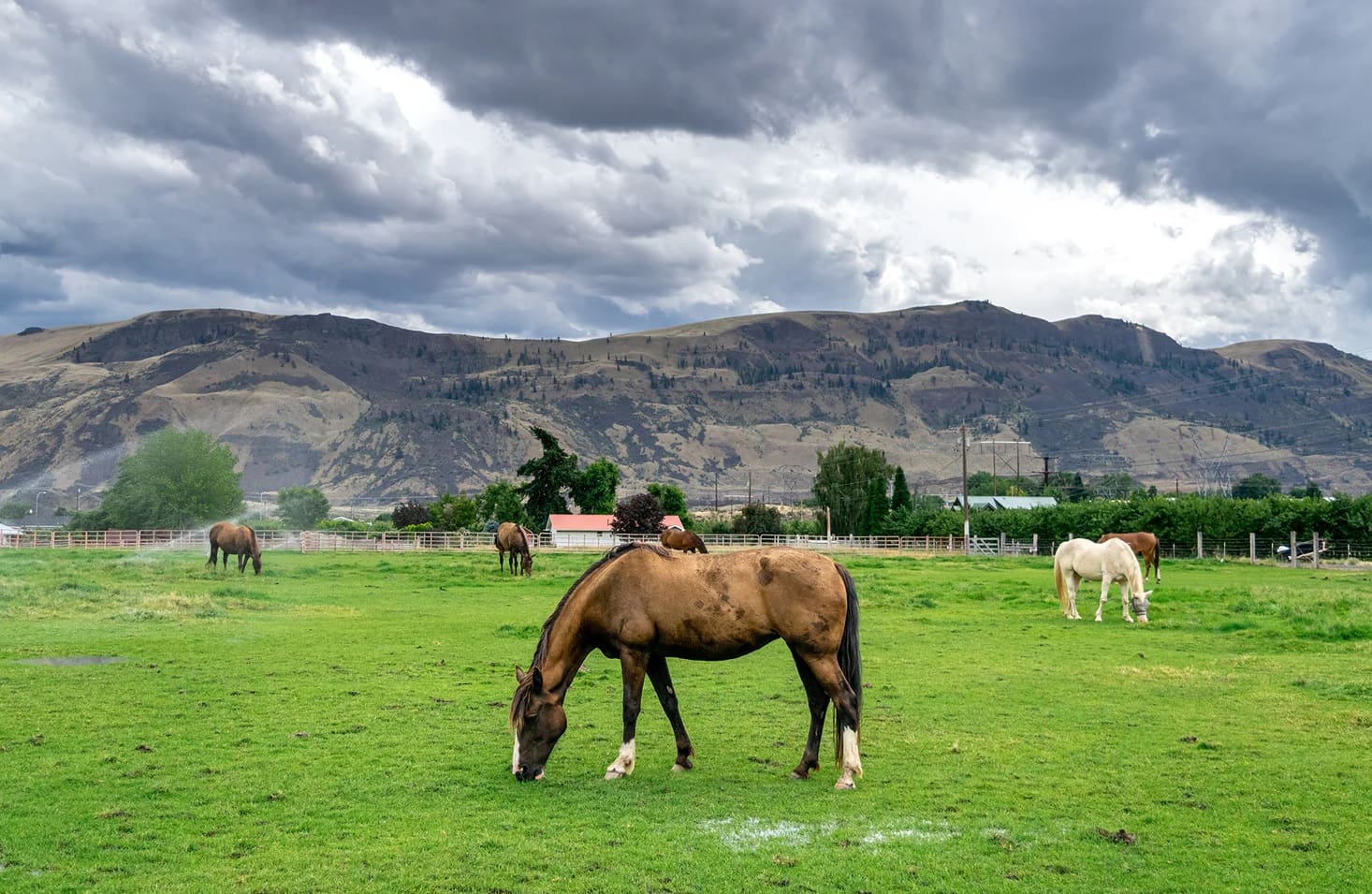
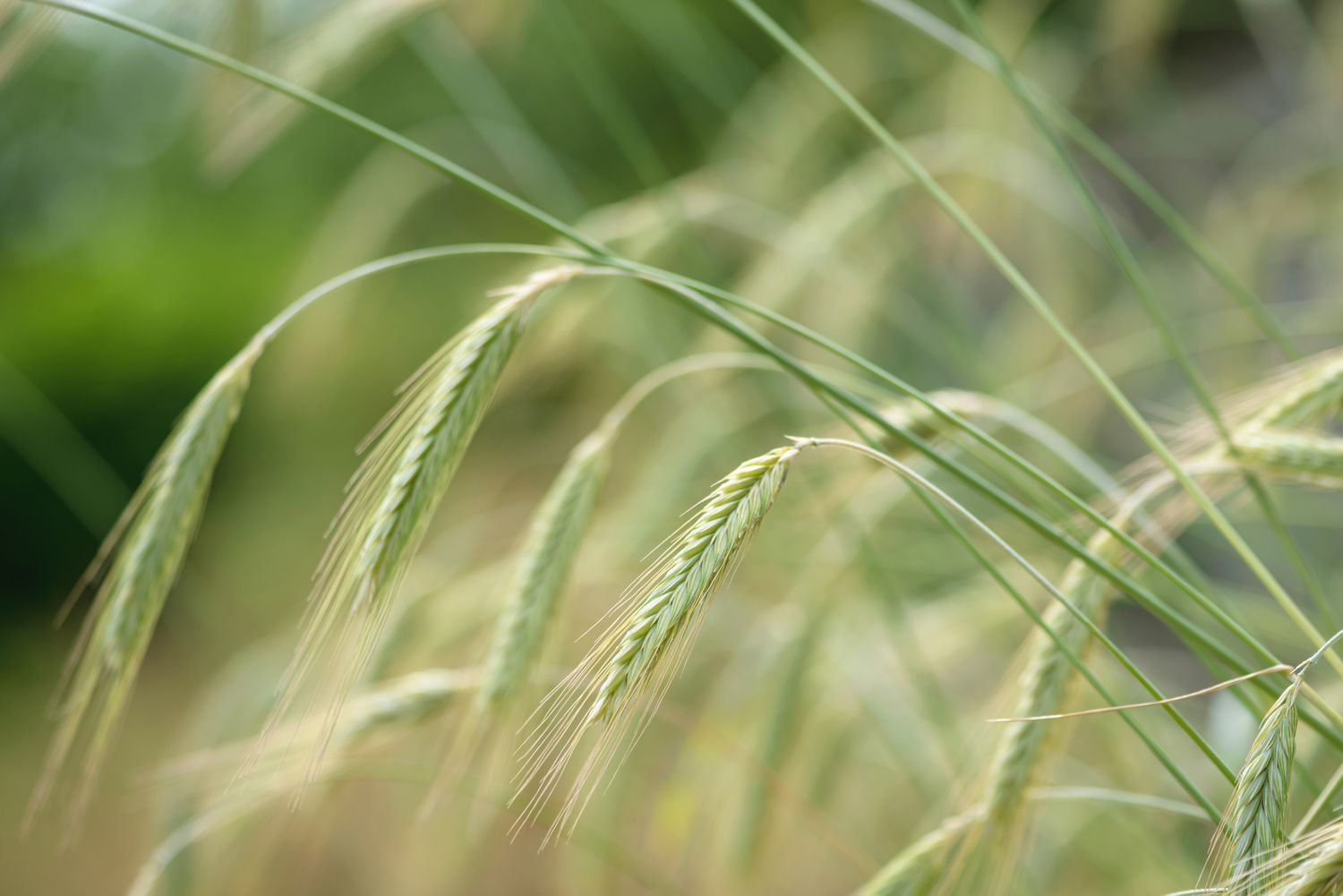
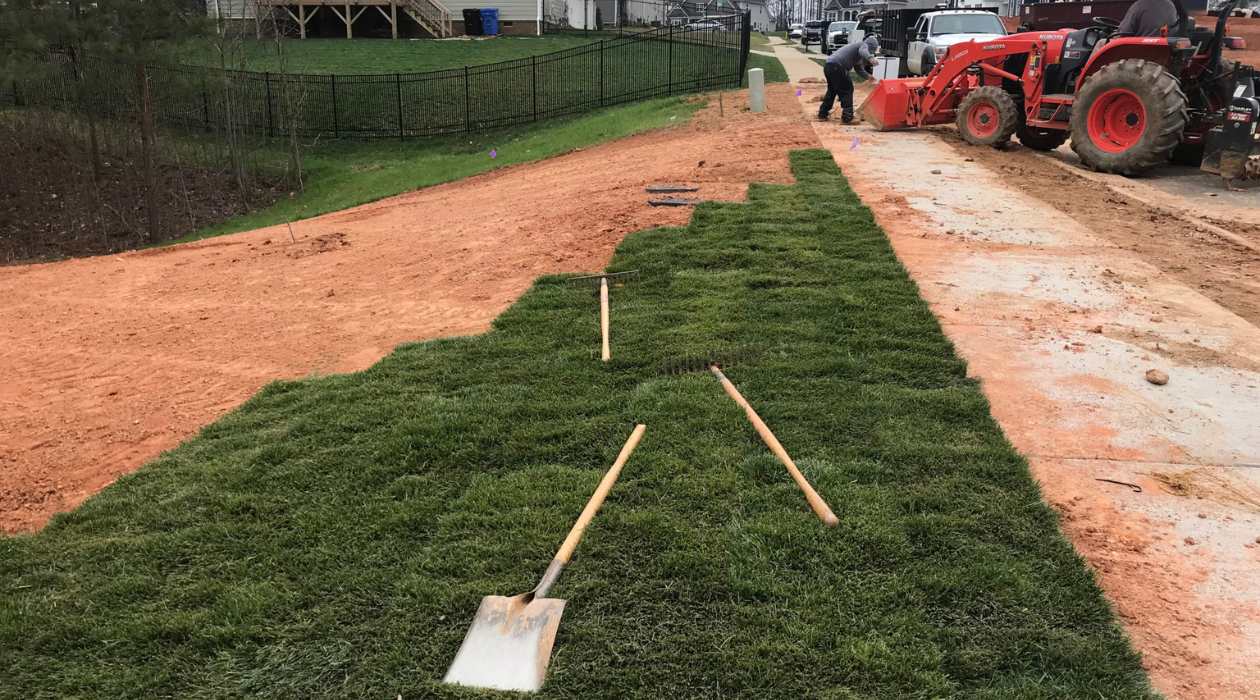
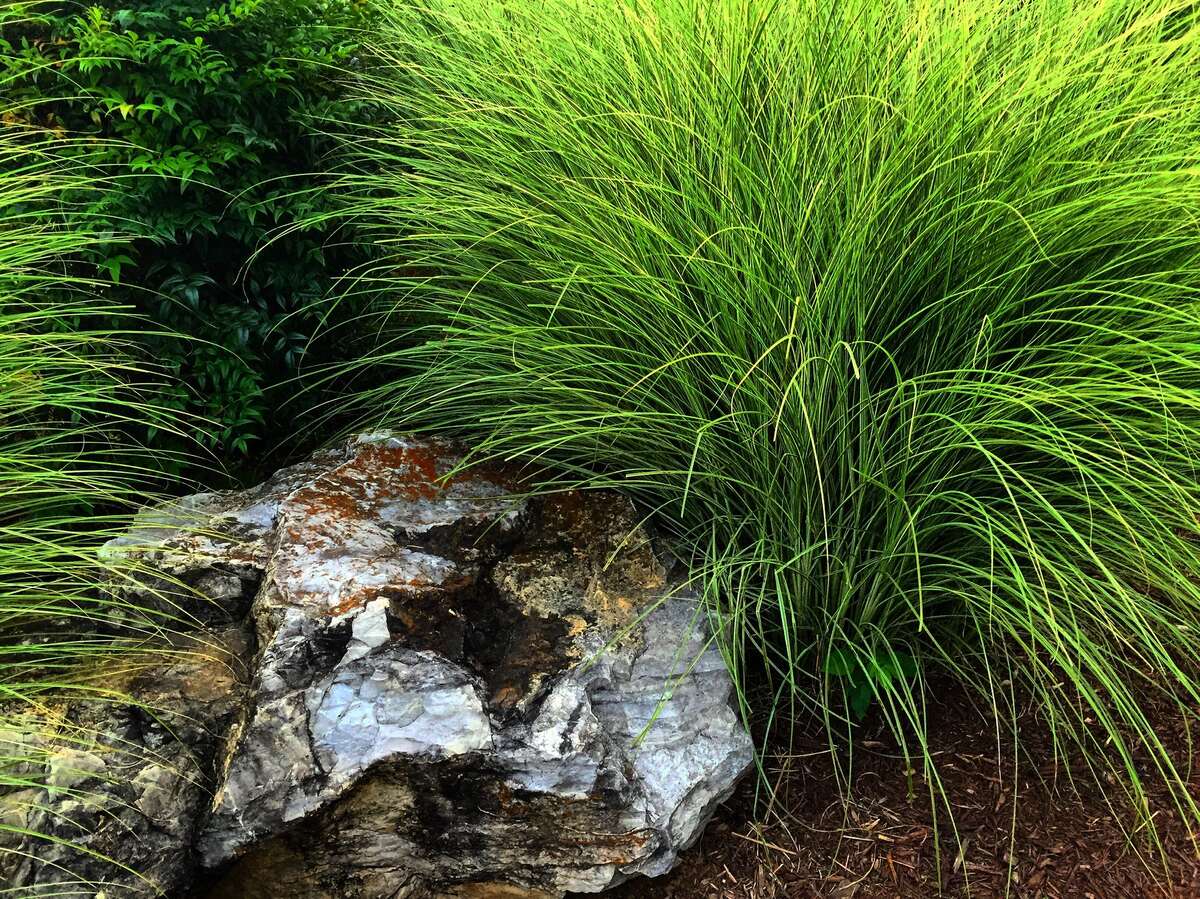
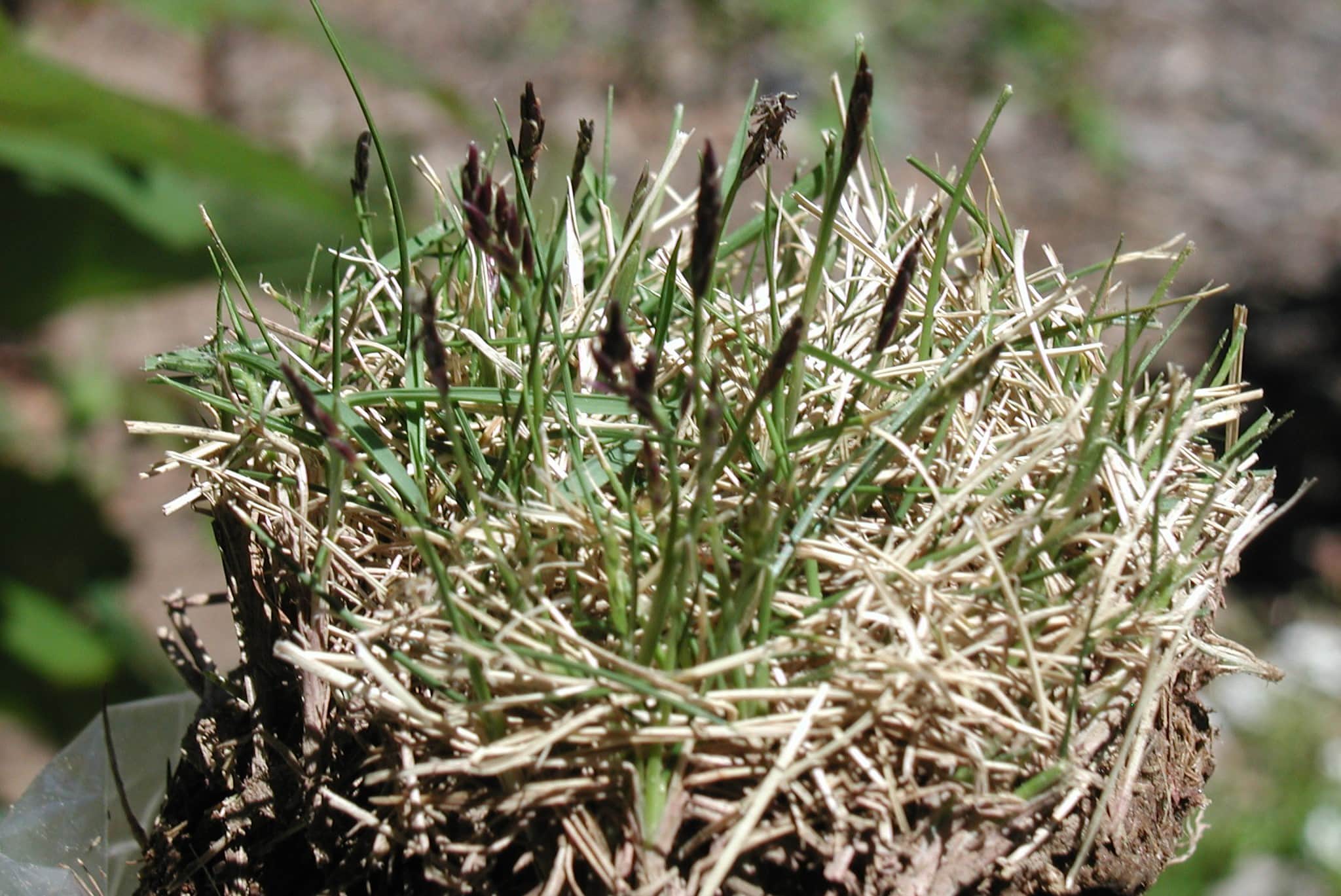
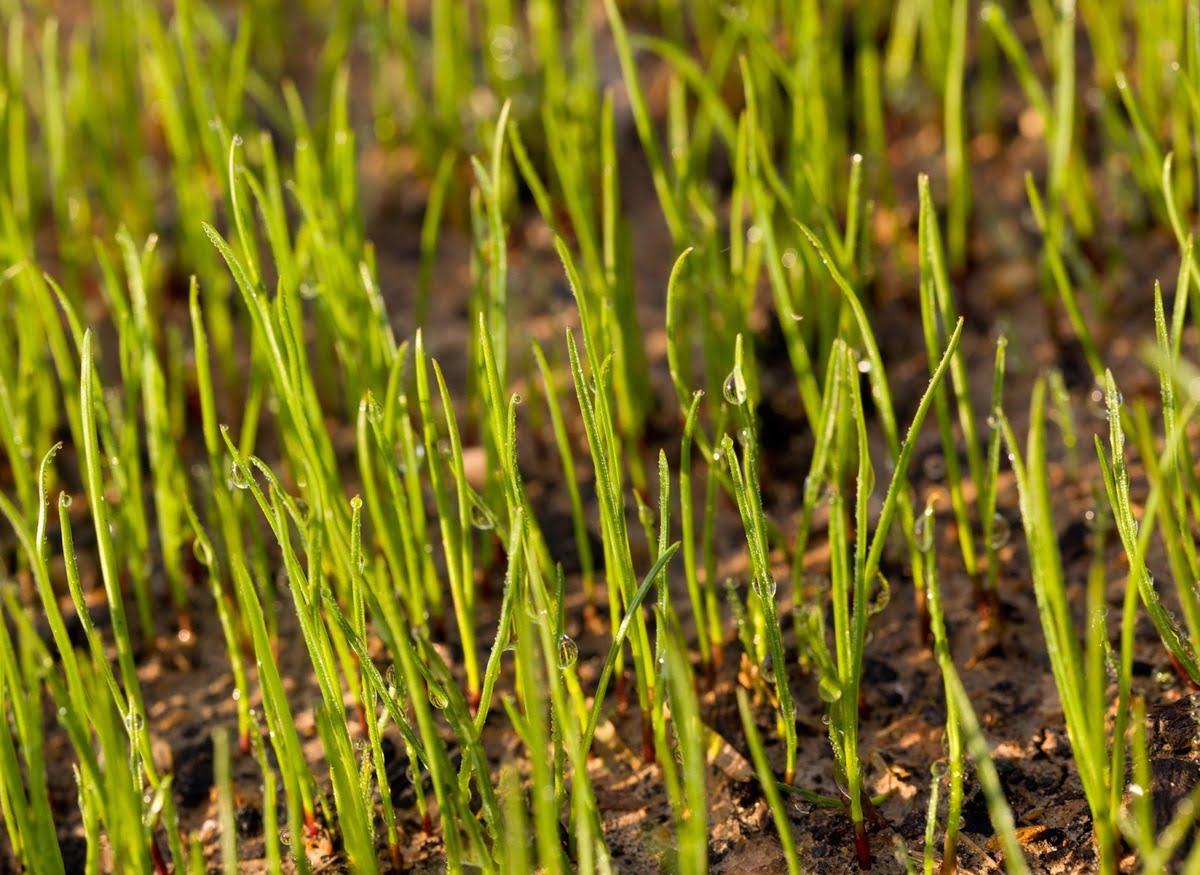
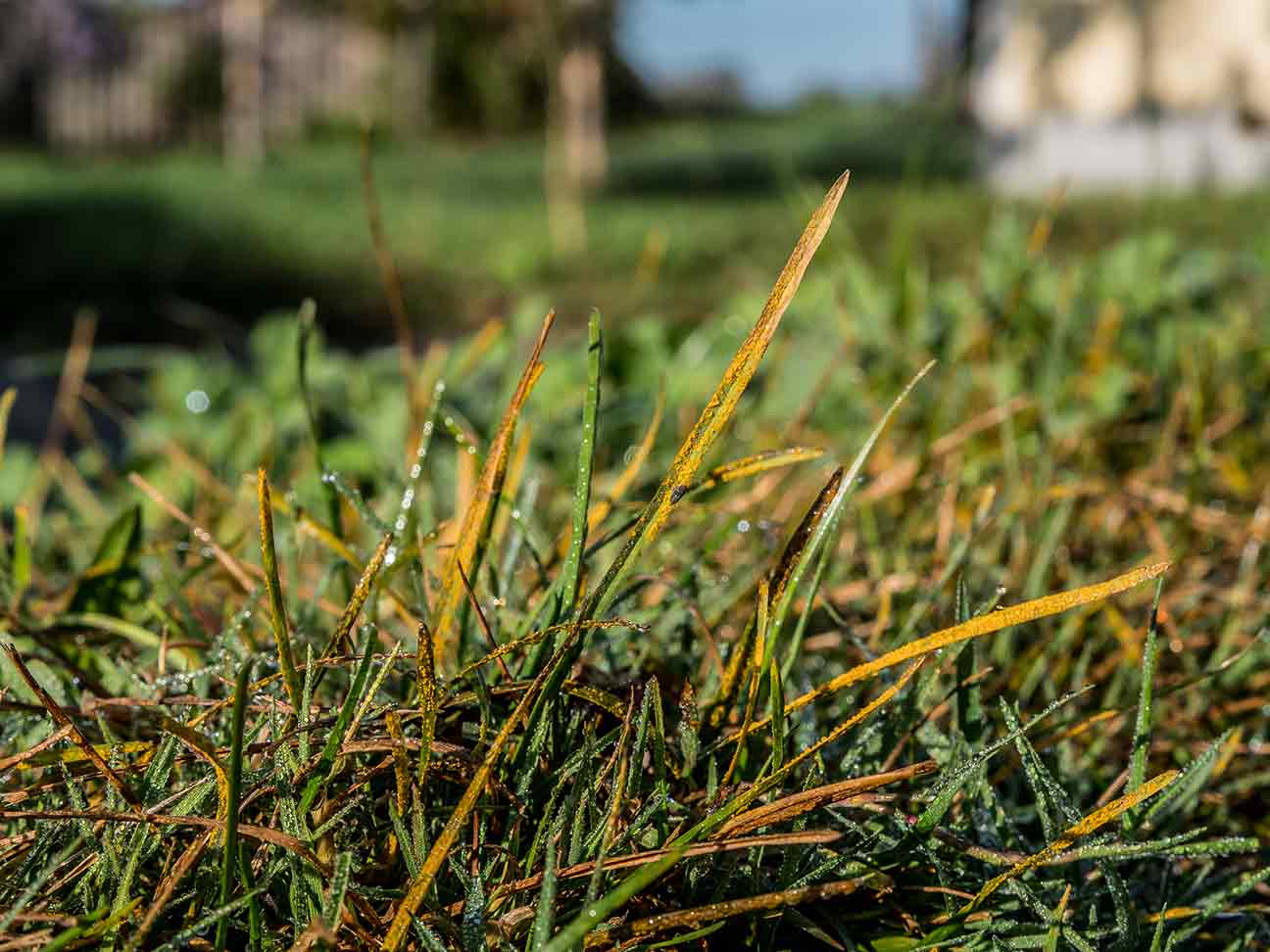
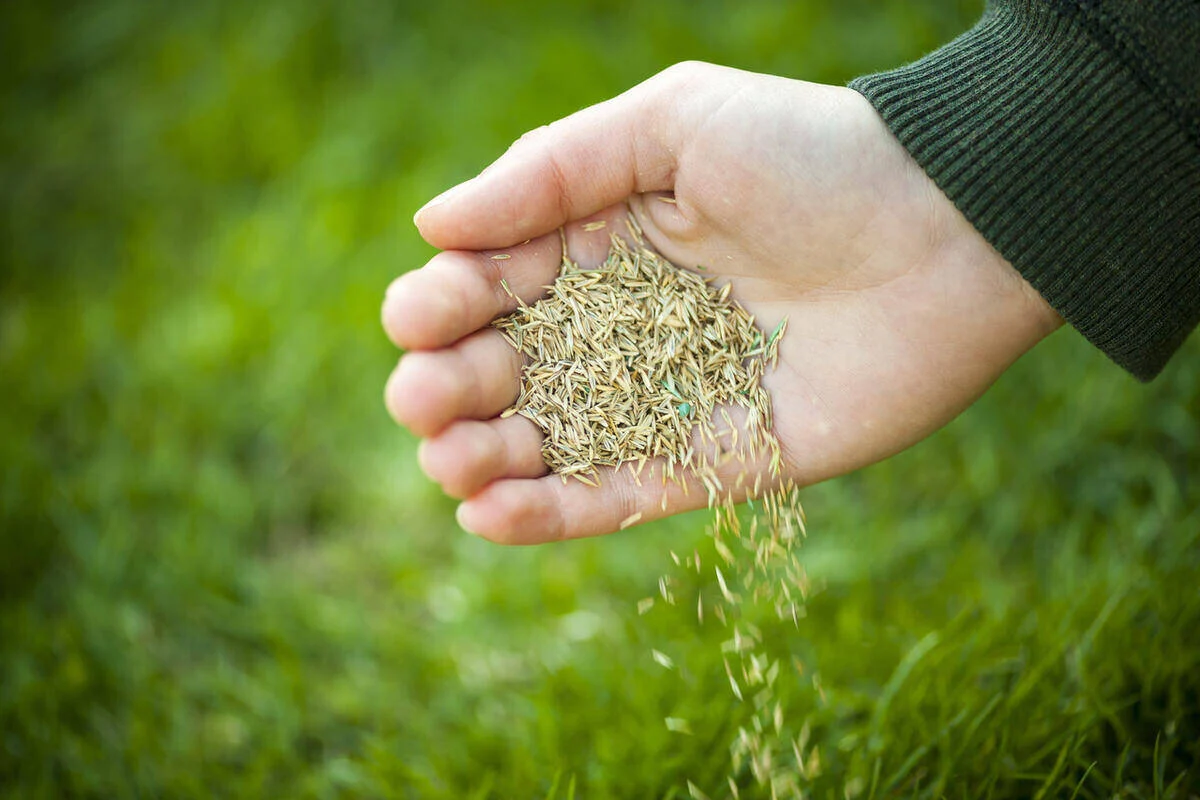
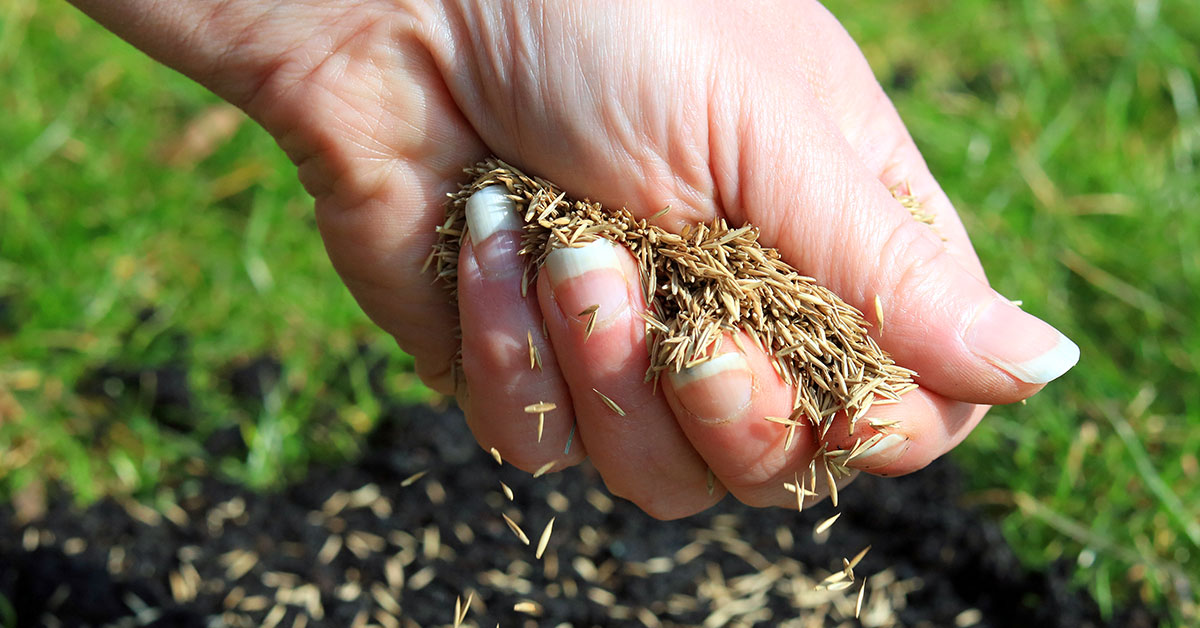
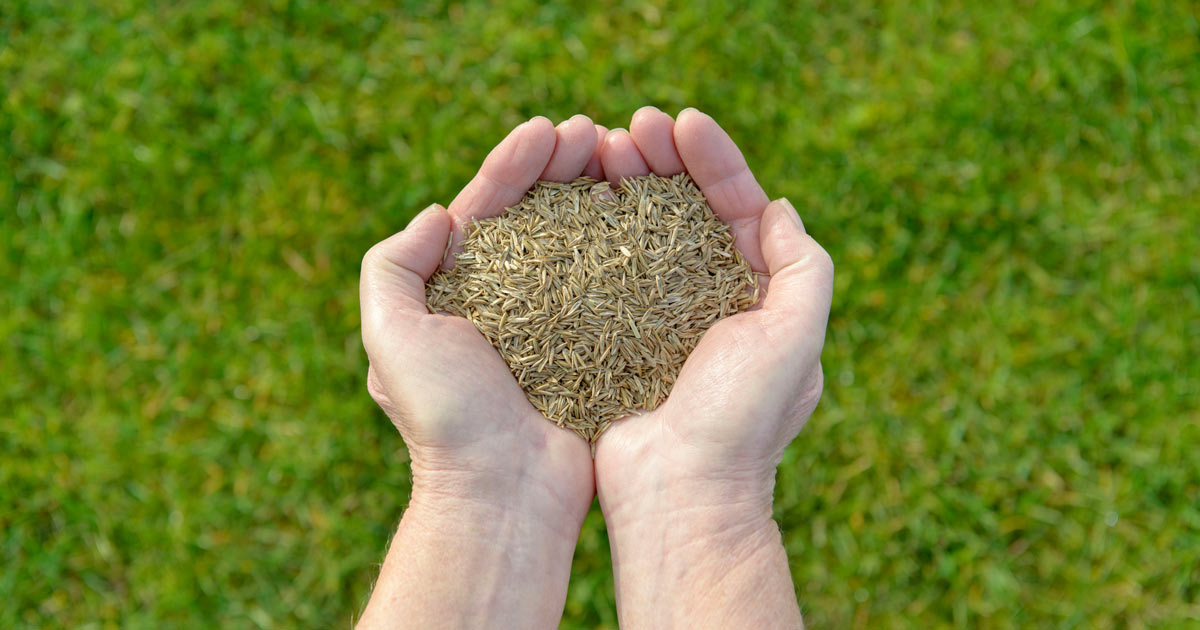
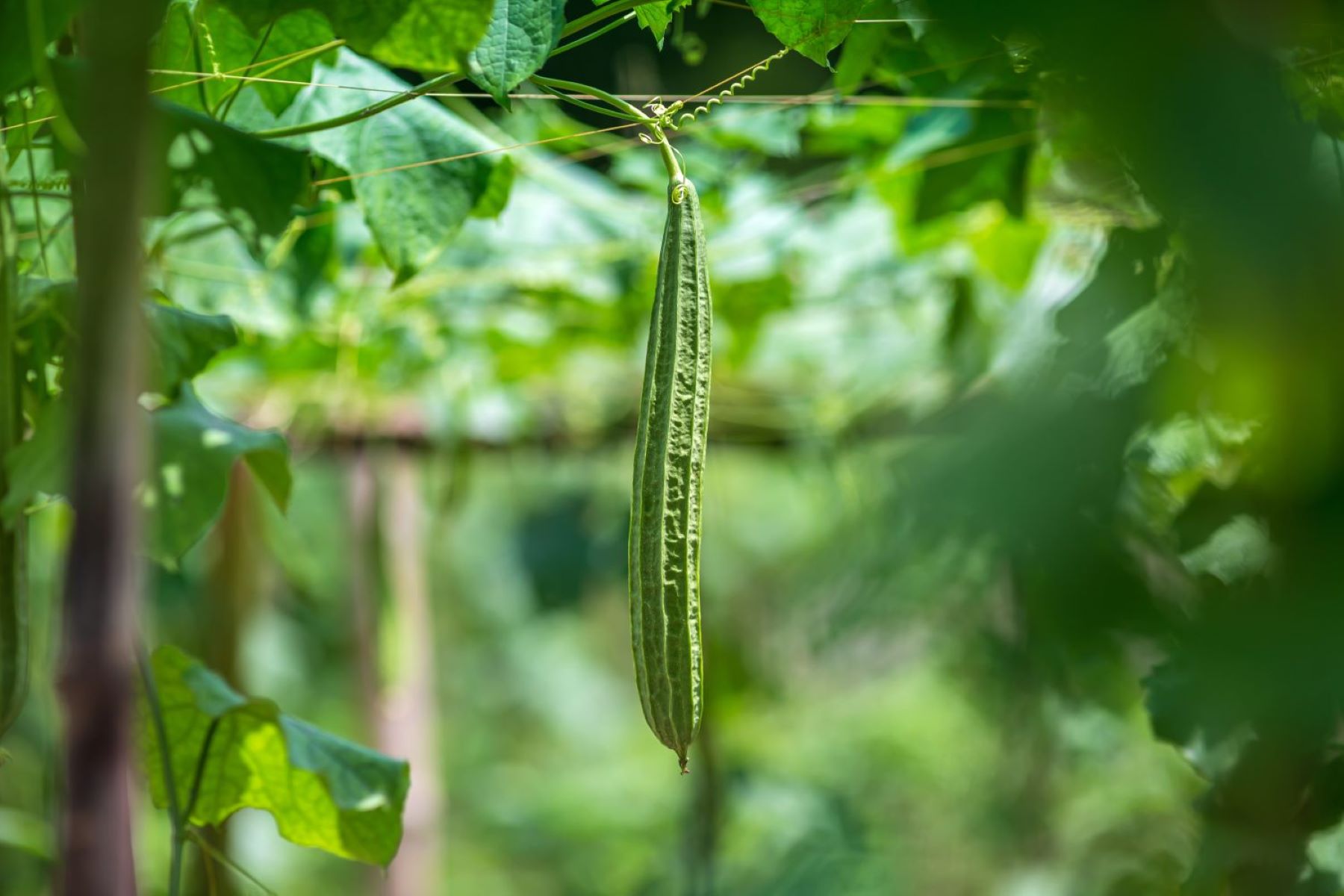
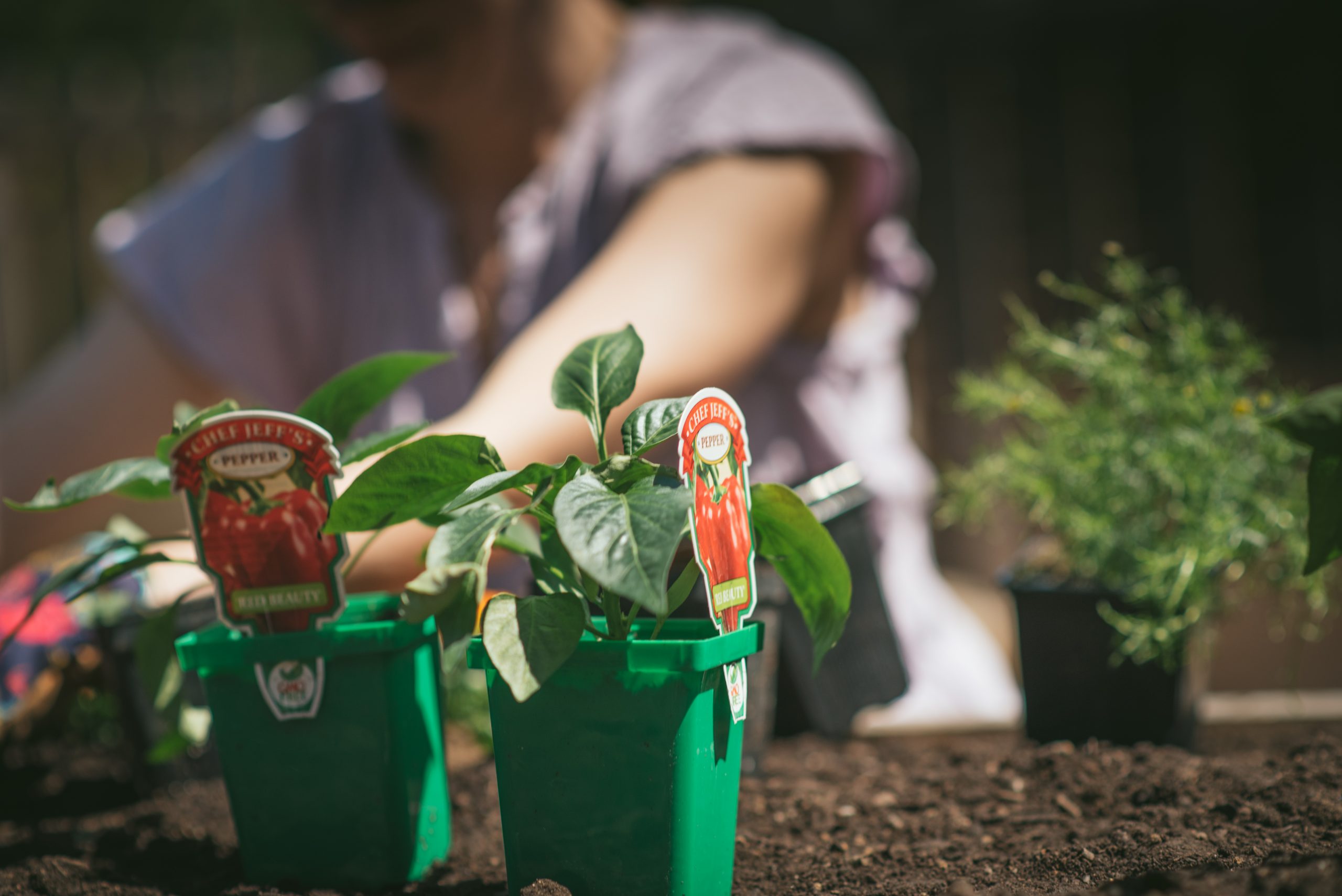

0 thoughts on “When Is The Best Time To Plant Grass In Texas”